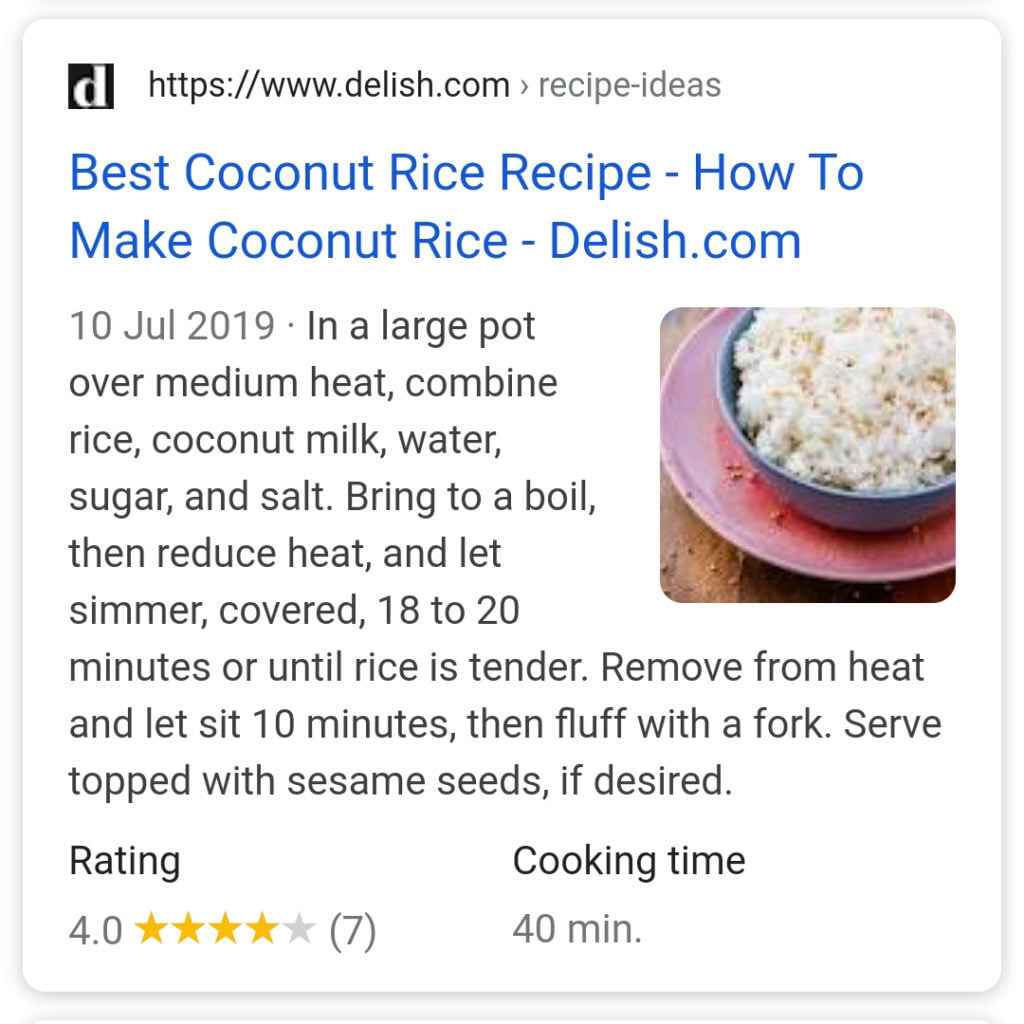Whether you call it blogs, blog posts, news or articles – this type of information sits on your website, which people visit because the content interests them.
Blogs are used to inform, educate, instruct or educate your audience.
The problem is, the content may be fabulous, but if not structured right – you could lose your audience within seconds (as they spend an average of 37 seconds reading an article!).
So capturing their attention is imperative.
This is what you need to consider when structuring a good blog post (in this order):
This article won’t be speaking about keywords or Search Engine Optimisation (SEO) as that is another in-depth article altogether (watch this space for one!). However, this is about the structure so when your audience reads, they read easily.
IMAGE

Image can be a picture or video and is a must.
They get 94% more views as opposed to those with no picture. The catch is the picture needs to resonate with the article. If it doesn’t, then your audience will feel the disconnect and leave your site.
The image is the first piece of information people look at to give them an idea of what to expect.
The picture also shows as a large image on Facebook (just make sure the picture on your site is at least 1200 x 630 pixels for maximum benefit).
Have images throughout your article also helps communicate your message.
HEADINGS
Headings are otherwise known as H1 (in website development speak) and is only limited to one for each article.
Why do we need to know this?
To explain, H1 – is usually your home page title (like a book title).
Once your audience has seen your image, they will scan the H1 title to see if the article is worth their time to read (we are an instantaneous society!).
This is also the first piece of information Google looks at to rank you on their Google Search.
Therefore, you should use specific keywords to attract your audience and Google in your H1 type heading.
To please the Google gods, you previously had 55-60 characters to showcase your title. That is now not the case.
In January 2020, there was an update with Google that now increased the titles to 70 characters.
As shown in the example below, delish.com used 64 characters and they all show on a mobile device.

For example, the H1 heading I used for this blog post was:
How to structure an easy-to-read blog article | Motivating Marketing
This title is 69 characters (you also include spaces). It simply tells what the article is about, the benefit and the company name.
Exactly what your audience and Google needs.
SUB-HEADINGS
Sub-headings are also known as H2, H3, H4 (they’re the most I use).
After H1, Google reads H2, then H3, then H4 headings (in that order).
Google sees H2 headings as more important than H3. Think of H2 as the chapters in a book. Think of H3 and H4 as subheadings in that chapter.
You can use as many H2, H3 or H4 titles as you like.
H2 titles usually introduce a new theme (for example: Sub-Headings is a H2 theme)
H3 titles usually introduce specific points under H2 theme.
Your audience scans sub-headings after headings. Most times, they are likely to find the snippet of information they are looking for via a H2 or H3 heading and just read that portion.
Bullets and Numbering
If your audience is still hanging around, then the next items they look for are easy-to-read bulleted points or numbers.
The reason is:
- It is easier to read
- Information is in short, sharp sequences
- Allows the audience to find information quicker
- You get your point across efficiently and effectively
- Apply a 5 bullet point maximum rule to create focus
Text
Finally, once your audience has surpassed all the above items, and if they are still interested, then they read the text.
This is actually the last item Google looks at for keywords.
Therefore, all your specific information should be pointed out through your headings or sub-headings. So when a person reaches the text portion (what you are reading right now is the text portion), you are describing in detail your actual information.
If you introduce a new concept in text or create a paragraph of itemised information, chances are, your vital information will be missed.
White Space
We read differently online as opposed to a hard copy book.
With books, we are used to paragraphs of information, which is digestible to the naked eye.
With online, the situation is reversed.
If there are chunks of text in paragraphs, our mind goes bananas and switches off (or in online terms, exits your page).
This is why websites have so much space around the words and are not clumped together.
The space between and surrounding each heading, sub-heading, lists and texts is called White Space.
A recommendation is having only 1 or 2 sentences per paragraph (completely different from what we were taught in primary and secondary school!). The reasons are:
- White Space helps people to focus on the content. Not get distracted.
- White Space creates a tidy website (people usually stay longer on clean, symmetrical websites)
- White Space creates balance. It trains the brain to know when to rest before digesting the next morsel of information.
Is your website easy to read and follow?
Word Count
This is the 6 million dollar question and you may not like the answer!
According to Hubspot, the ideal length for a blog article is about 2,100 – 2,400 words.
Even though there is no official minimum length for a blog article, Yoast recommends at least 300 words. Otherwise, Google is more likely to think of it as ‘thin content’ if a page consists of too little words.
However, not every person has the content to write blog articles of more than 1000 words. Therefore, aim for around 700-800 words.
Write 1000+ if you are a confident writer. Otherwise, professional copywriters have the skills to write lengthy well-written articles.
According to Yoast, ‘how to’ blog post articles are around 1700 to 2100 words. Whereas, ‘what is’ blog post articles – 1300 to 1700 words.
So, before you freak out about what to write, the length of the blog post may depend on the type of article you are writing.
Understanding the structure of an easy-to-read blog article will help your audience process the information given as well as wanting to return for more.
